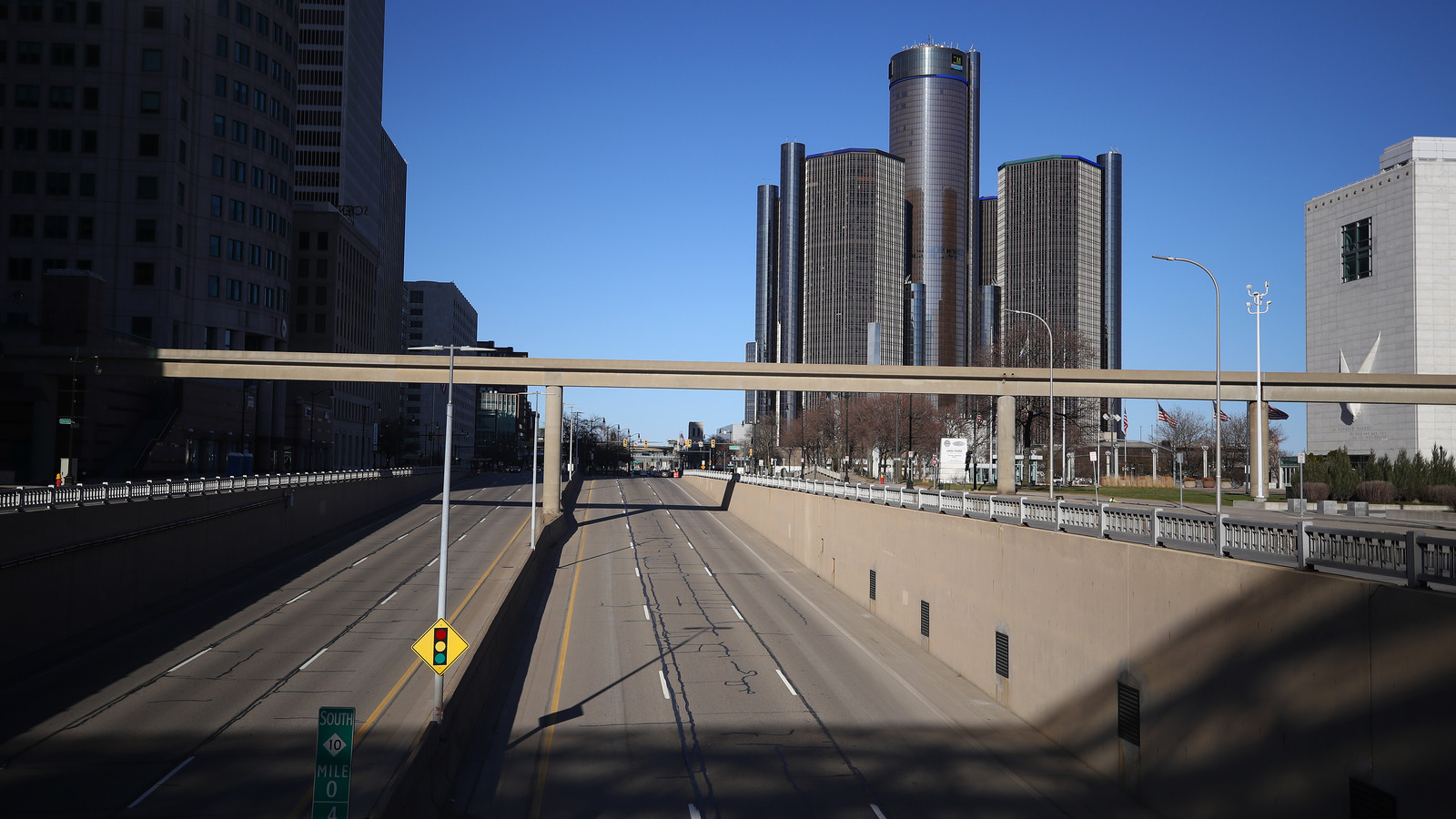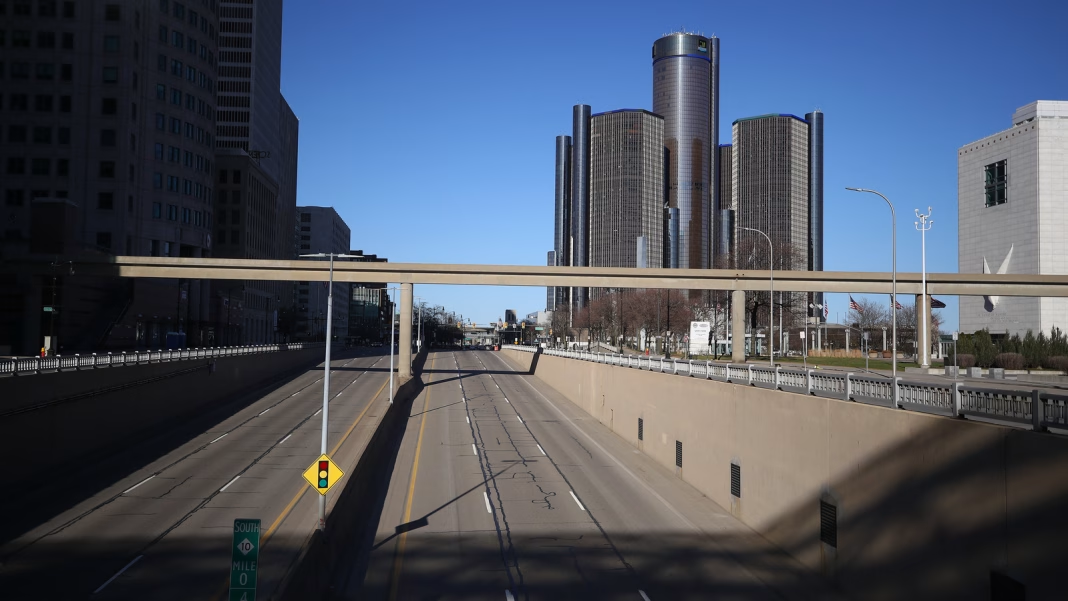The M-10 John C. Lodge Freeway in Detroit has been a staple of the city’s infrastructure for a remarkable 70 years. While it’s seen countless changes in the urban landscape around it, one thing remains clear: this freeway wasn’t designed for the high-speed driving habits of today’s motorists. Despite the posted speed limits, it’s not uncommon to see vehicles zipping by well above the intended pace. So, what’s the story behind this aging highway, and why does it struggle to keep up with modern traffic demands?
Why Was the M-10 Built for Slower Speeds?
When the M-10 was constructed in the early 1950s, the automotive landscape was vastly different. Cars were built for comfort and cruising rather than speed, and the freeway system was still in its infancy. The design standards of that era prioritized safety and accessibility over the high-speed travel we often expect today. The result? A freeway that feels more like a relic than a modern thoroughfare.
The Lodge Freeway’s design includes tighter curves and shorter on-ramps, which can make merging and lane changes tricky, especially at higher speeds. This can lead to a frustrating experience for drivers who are used to the more forgiving designs of newer highways. It’s a classic case of infrastructure that hasn’t evolved alongside the vehicles that use it.
What Happens When Everyone Drives Faster?
You might be wondering, what’s the big deal if everyone is driving faster? Well, for starters, it creates a safety hazard. The mismatch between vehicle speeds and roadway design can lead to accidents, as drivers navigate the freeway’s curves and merges at speeds that exceed what the road can handle. In fact, studies have shown that higher speeds are directly correlated with increased crash severity.
Moreover, the stress on the infrastructure itself can lead to accelerated wear and tear. The M-10, like many older freeways, requires ongoing maintenance to keep it safe and functional. When cars are constantly pushing the limits of speed, it can exacerbate existing issues, leading to potholes and other road surface problems that can affect all drivers.
Are There Solutions on the Horizon?
While it may seem daunting to tackle the challenges posed by an aging freeway, there are potential solutions that could help. One approach is to implement better traffic management strategies, such as improved signage and speed enforcement. This could encourage drivers to adhere to the posted limits, making the road safer for everyone.
Another option is to consider upgrades to the freeway itself. While it’s a significant investment, modernizing the M-10 could involve widening lanes, redesigning on-ramps, and enhancing safety features. Cities across the country have successfully revamped older highways to accommodate today’s traffic demands, and Detroit could follow suit.
What Can Drivers Do?
As a driver, you can play a role in promoting safety on the M-10. Being mindful of your speed and the road conditions is crucial. If you notice that traffic is moving faster than the posted limit, it’s okay to adjust your pace to match the flow while still staying within legal limits. Additionally, keeping a safe distance from the vehicle in front of you can provide extra reaction time, especially in a freeway environment that’s not designed for high speeds.
The big takeaway? The M-10 isn’t about perfection—it’s about smarter adjustments. Start with one change this week, whether it’s being more mindful of your speed or advocating for better road conditions, and you’ll likely spot the difference by month’s end.


